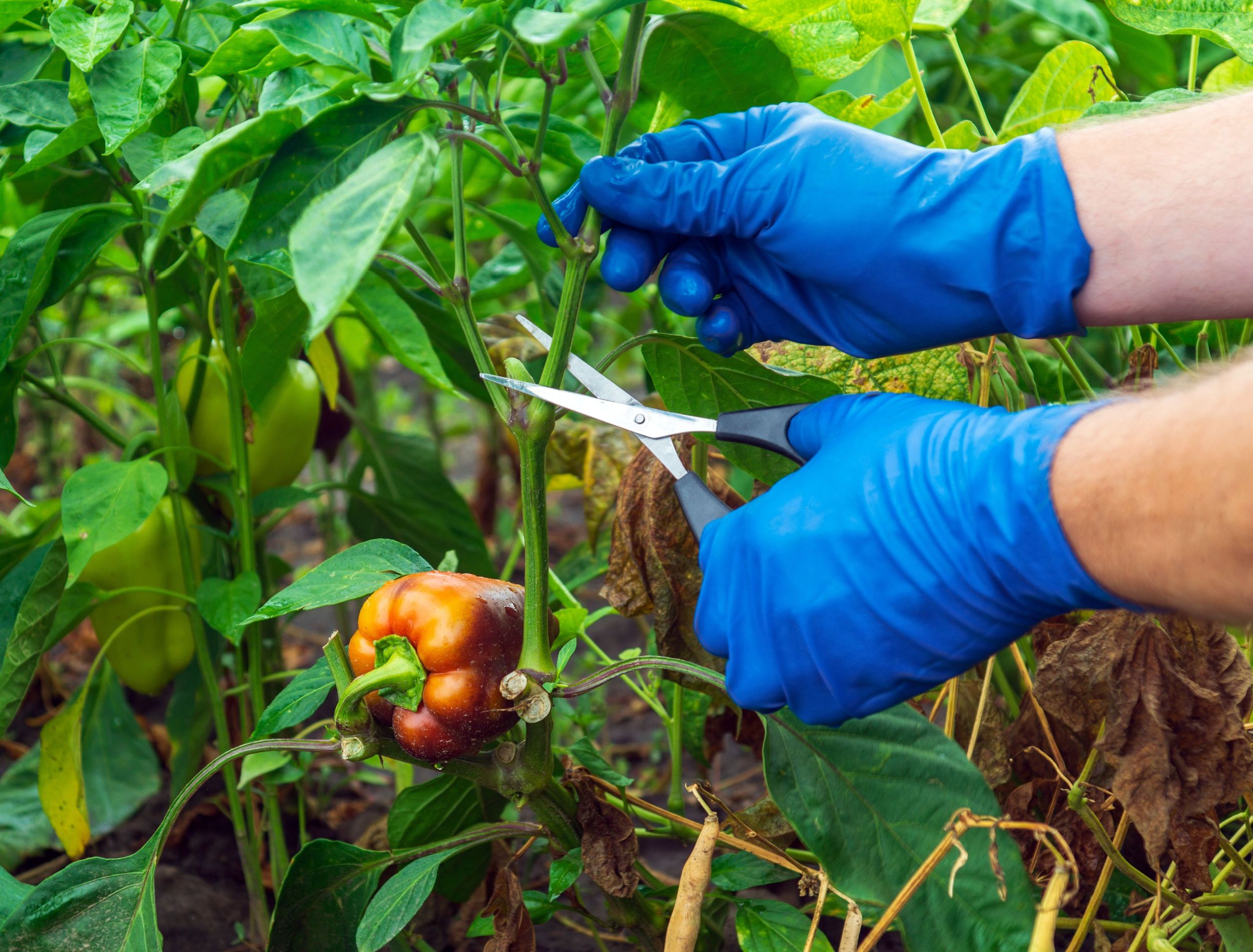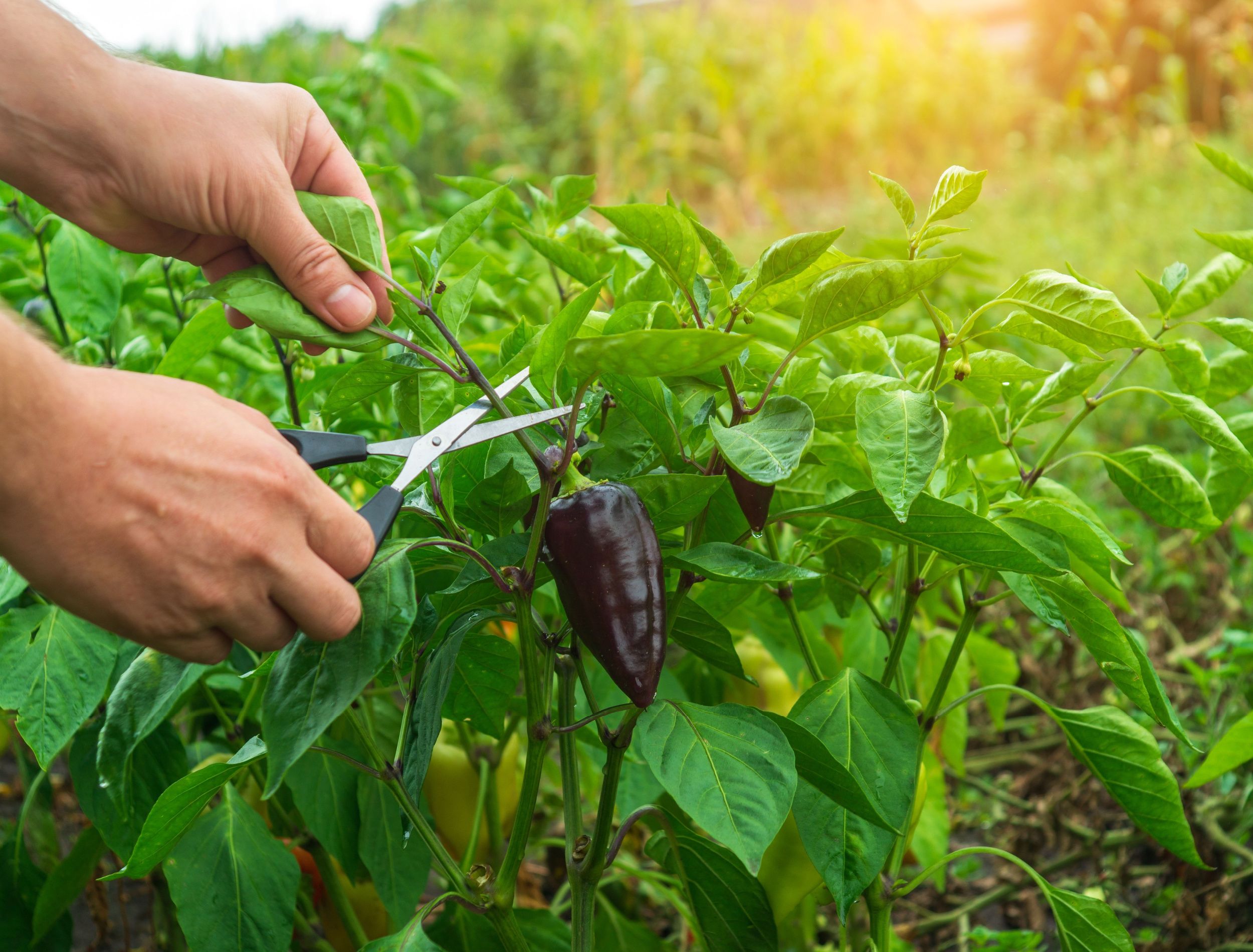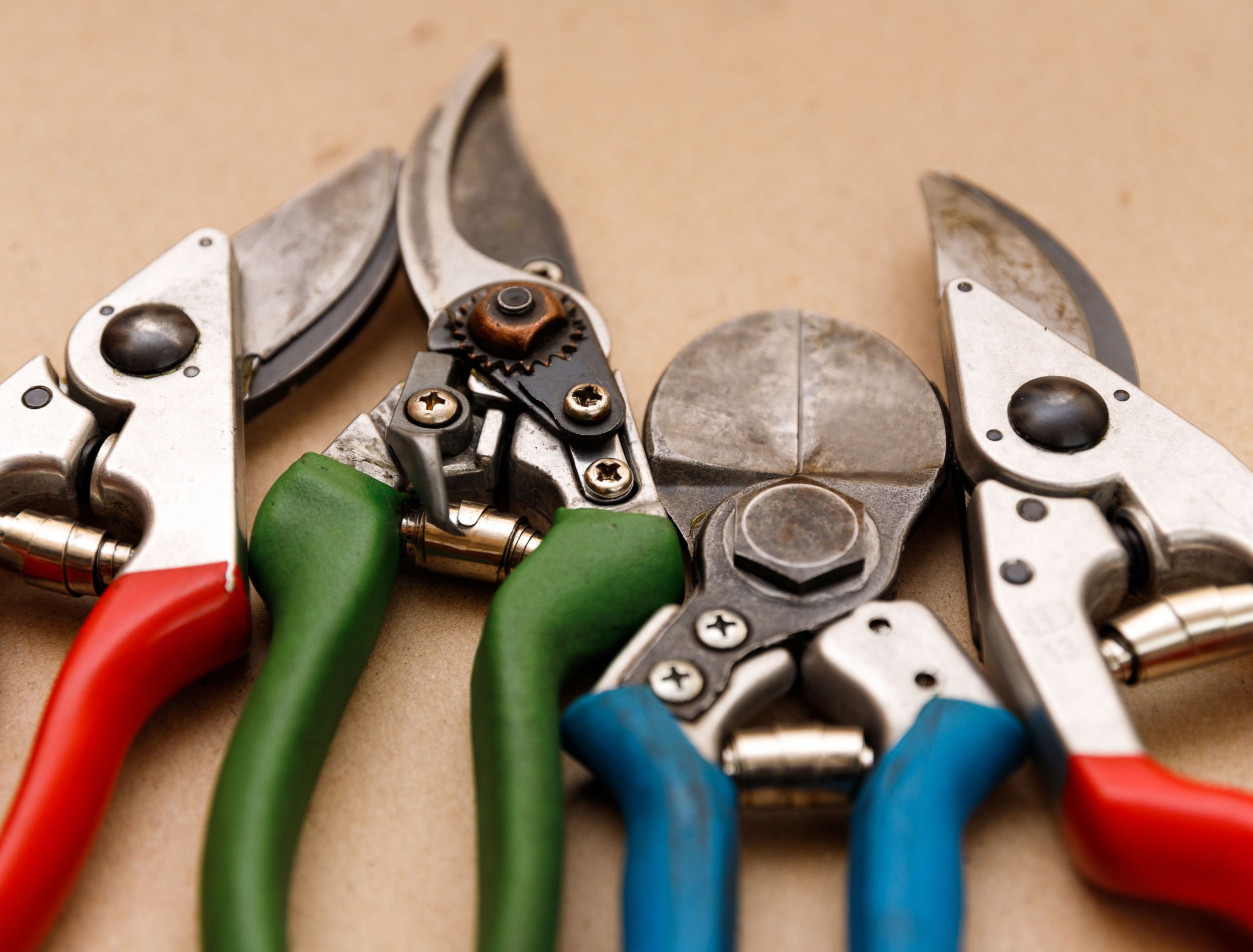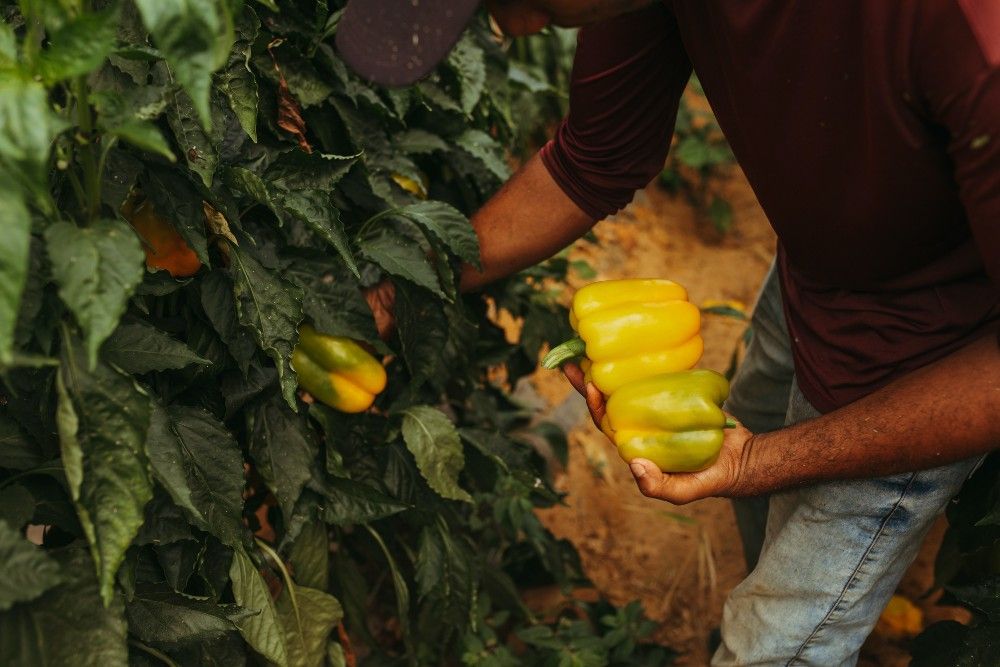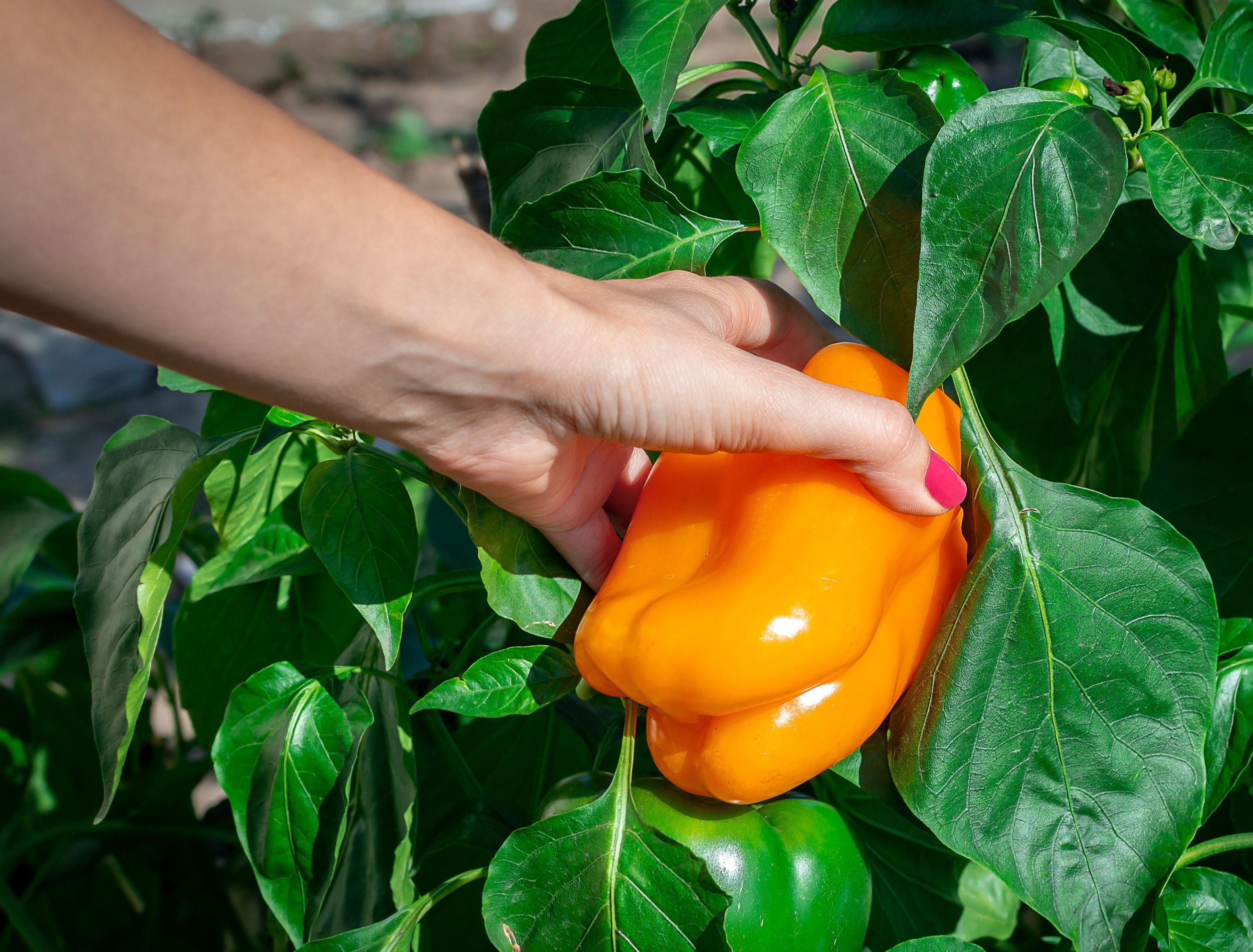When it comes to cultivating a thriving pepper garden, understanding the art of proper pruning is an essential skill that makes all the difference in the health and productivity of your plants. From bell peppers to chili peppers, pruning isn't just about randomly snipping away at foliage; it's a strategic practice that encourages vigorous growth, disease prevention, and ultimately, a bountiful harvest.
Discover the intricacies of pruning pepper plants, step-by-step instructions, and tips to ensure you're wielding your pruning shears with confidence and precision.
The Benefits of Pruning Pepper Plants
Before you dive into the nitty-gritty of how to prune your pepper plants, explore why this practice is so crucial to their overall well-being and productivity.
Enhanced Air Circulation and Light Penetration
Pruning pepper plants opens up the dense foliage, allowing for better air circulation and improved penetration of sunlight. This prevents the development of humid, shaded areas where pests and diseases thrive.
Stimulated Growth and Increased Yield
By carefully removing select branches, you stimulate the plant to direct its energy towards developing new growth and producing more fruit. This results in larger, healthier peppers and a higher overall yield.
Disease Prevention
Removing dead or diseased branches prevents the spread of pathogens throughout the plant. Pruning also reduces the risk of fungal issues, like powdery mildew, by reducing humidity and creating a less favorable environment for disease development.
What You'll Need
To embark on your pepper plant pruning journey, you'll need the appropriate tools. Ensuring you have the right equipment not only makes the process smoother but also helps you achieve cleaner cuts that promote quick healing.
- Pruning shears
- Gloves
- Disinfectant, like rubbing alcohol or milk
Step-by-Step on How to Properly Prune Pepper Plants
Now that you have your tools, dive into the step-by-step process of properly pruning your pepper plants!
Step 1 – Timing Is Everything
Timing is of the essence when it comes to pruning your pepper plants, whether they are annuals or perennials. Annual plants are typically perennials, but are growing in a colder climate, like the northern US.
For annual pepper plants, like the hot pepper 'Holy Mole,' prune throughout the growing season, late spring and summer, to maintain optimal health and yield.
When it comes to perennial pepper plants that bear fruit year-round, like the ever popular bell pepper, the timing shifts slightly. It's advisable to prune these plants after each fruiting cycle.
Additionally, avoid pruning pepper plants during periods of extreme heat or drought, as this puts additional stress on the plants. Heatwaves are temperature above 86 degrees Fahrenheit during the day and 70 degrees Fahrenheit at night. Early morning or late afternoon, when the sun is less intense, is the ideal time to undertake this task.
Step 2 – Assess the Plant
Begin by carefully examining your pepper plant. Identify branches that have a flaking bark, are brown and brittle, or have dead leaves. This means the pepper plant has weak, damaged, or diseased stems. These are the branches you'll want to prioritize for removal.
Step 3 – Disinfect Your Tools
Ensuring the cleanliness of your pruning tools is a fundamental practice in the art of pepper plant care. Proper disinfection, whether using rubbing alcohol or milk, prevents the spread of diseases and safeguards the health of your precious plants.
Rubbing alcohol is a tried-and-true disinfectant that effectively eliminates pathogens from your tools. Begin by cleaning any dirt or debris from your pruning shears using a cloth or brush. Next, dampen a clean cloth with rubbing alcohol and thoroughly wipe down all surfaces of your tools. Pay extra attention to the blades and crevices where dirt may accumulate. Allow the tools to air dry before using them on your pepper plants.
Milk also serves as a natural disinfectant for your pruning tools. The enzymes and proteins in milk possess antimicrobial properties that help sanitize your tools. After soaking, rinse the tools with clean water and allow them to dry before pruning. The milk method offers an eco-friendly alternative for those seeking natural options.
Step 4 – Clear the Base
Look for branches that are touching the ground or are very close to it. These low-hanging branches may easily become a pathway for pests and diseases. Using your pruning shears, make clean cuts just above the main stem to remove these branches.
Step 5 – Choose the Right Branches
Identify branches that are growing inward or crossing each other. These branches create dense, shaded areas that are conducive to disease development. Select one of the crossing branches and carefully remove it with a clean cut.
Step 6 – Prune for Shape and Airflow
Pepper plants become bushy, especially if left to their own devices. To promote airflow and sunlight penetration, prune away some of the smaller, interior branches. Focus on removing the branches that are unlikely to produce fruit or are overly crowded.
Ste 7 – Be Mindful of Flowering
Keep in mind pepper plants produce flowers that eventually develop into fruit. As you prune, be cautious not to remove potential fruiting branches. Strike a balance between thinning out the plant for optimal airflow and retaining enough flowering branches for a productive harvest.
Aftercare and Maintenance
Once you've completed the pruning process, your pepper plants may appear a bit sparse initially. However, they quickly respond with vigorous new growth. To ensure your pruned plants continue to thrive, give them some aftercare.
Watering
Give your plants a thorough watering immediately after pruning to help reduce stress. Also, maintain a consistent watering schedule to prevent drought. Pepper plants need 1 inch of water per week.
Mulching
Apply a 2-inch layer of organic mulch, such as pine needles, straw, or wood chips, around the base of your plants to help retain moisture and regulate soil temperature. Mulching also prevents weed growth, which competes for nutrients. Avoid placing the mulch too close to the stem, as it may cause a lack of airflow.
Stake or Support
If you're growing larger pepper varieties or if your plants become laden with fruit, provide proper support to prevent branches from breaking under the weight, and laying on the ground.
Get Those Peppers Growing
Pruning pepper plants is a valuable practice that empowers you to shape the growth of your plants, optimize their health, and maximize your harvests. Remember, mastering the art of proper pruning requires practice and observation. As you gain experience, you'll develop a keen eye for identifying the branches you should snip away and those you should nurture for a thriving pepper garden.
So, don your gloves, pick up your pruning shears, and embark on this journey to pepper plant perfection. Your garden, and your taste buds, will thank you. And don't forget to share your newfound knowledge with your family and friends — it's worth celebrating!

